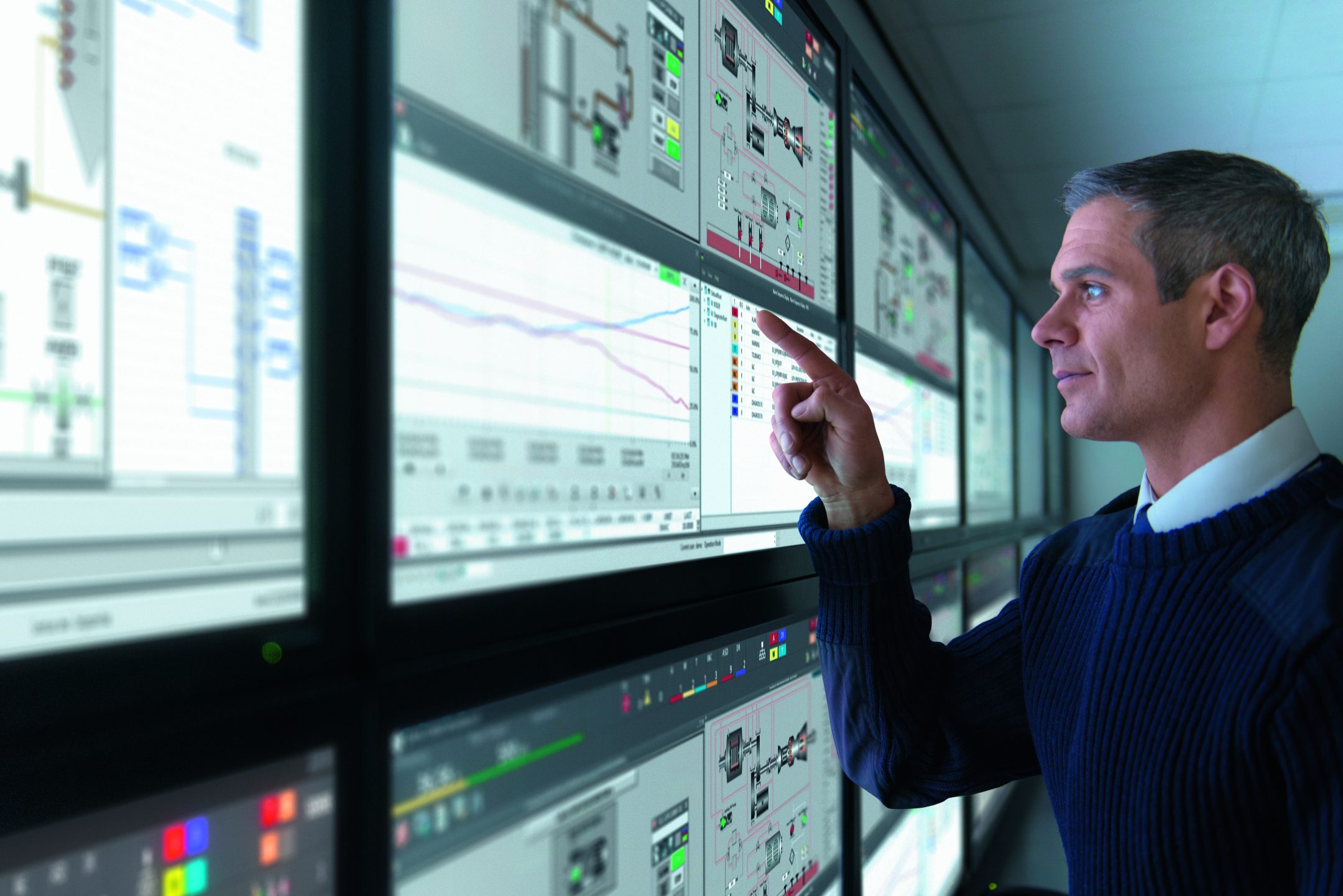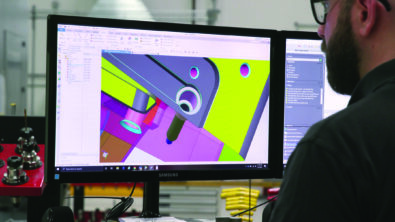The fantasy vs. reality of AI cross pollination

Recently, I had the opportunity to continue my conversation with Dr. Justin Hodges on the ways Simcenter is implementing AI to drive interconnectedness across various tools and how that will help encourage further innovation across the AI space going forward. When it comes to AI, the connection between different disciplines and tools is one of the key drivers of growth as techniques developed by one discipline are applied in another. In the same way, AI creates a method for connecting different, otherwise separate, disciplines together to enable new approaches that would have been impractical or impossible without it. Keep reading to learn about some of the highlights of my talk with Justin about these exciting topics.
To start things off, we discussed the ways in which the new level of interconnected technology enabled by AI is reshaping the simulation and design industries. Justin notes how, following the advancement in GPU technology which enables AI’s wide-ranging usage, there was a huge pickup in cross pollination across different applications, industries and disciplines. Now, today, in fields ranging from computer aided engineering (CAE) to aerodynamics to autonomous driving all benefit from not just advances in core algorithm development, but innovation generated in other industries as well.
Proving how valuable this work is, the AI industry is also growing and an incredible pace, estimated between 20 to 40% annually with nearly 100,000 publications in 2019 alone. When compared with something like the American Society of Mechanical Engineers which has only 500,000 or so publications since its inception in the late 1800s, it’s easy to see the sheer volume of work devoted to the study of artificial intelligence and how that leads to a positive feedback loop of innovation in the space.
Diving deeper into what cross pollination in the AI space means, Justin contrasts what he calls the fantasy verse the reality. In the fantasy, like you might read about in a book, a scientist or philosopher could have a miraculous breakthrough where they recognize, for example, how the structure of the trachea is similar to the structure of a trees branches and how they both carry vital materials around their respective bodies. In this way, inspiration is drawn in one field from a completely separate one, however, the reality is this is simply not how cross pollination between industries works.
The world of AI and ML is one built on structure and algorithms and while the original goal may have been to find a way to imitate the modalities and mechanisms of the human nervous system and brain, the reality has diverged somewhat from that. With AI/ML used in an increasingly wide range of applications the patterns and structures it’s built on are now the familiar laws of physics and other similar natural laws.
These laws are themselves a structured way of thinking well suited for use in a machine learning framework. In turn, this creates new ways to structure correlations, design tradeoffs and other similar concepts based on ideas and rules gathered from many fields. Even though the concept of a sudden breakthrough between fields is largely a fantasy, the wealth of well-structured data available across many disciplines can allow AI to branch into new areas which in turn drives innovation for both the AI and the various fields in which it assists.
Thanks to the unique abilities offered by AI, it’s possible for collaboration between fields to exist as never before. Beyond that, the wide range of knowledge available from these different fields can not only spur further advancement through cooperation but help improve the AI itself. Continuing advancement in across different AI-related fields will help create not just smarter systems and products, but redefine the landscape of design in ways we can hardly even begin to predict now. If you would like to learn more about this, I encourage you to listen to the full podcast here, or read the transcript available here.
Siemens Digital Industries Software helps organizations of all sizes digitally transform using software, hardware and services from the Siemens Xcelerator business platform. Siemens’ software and the comprehensive digital twin enable companies to optimize their design, engineering and manufacturing processes to turn today’s ideas into the sustainable products of the future. From chips to entire systems, from product to process, across all industries. Siemens Digital Industries Software – Accelerating transformation.


